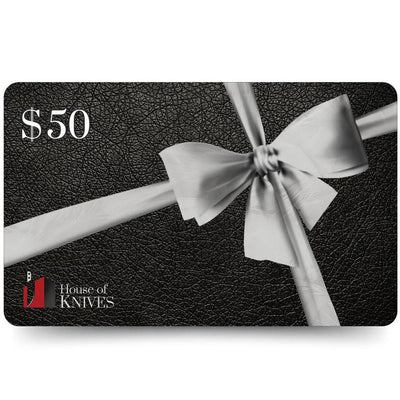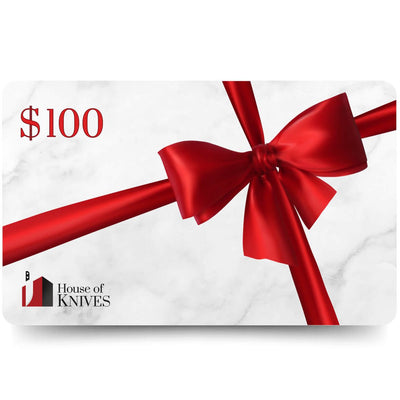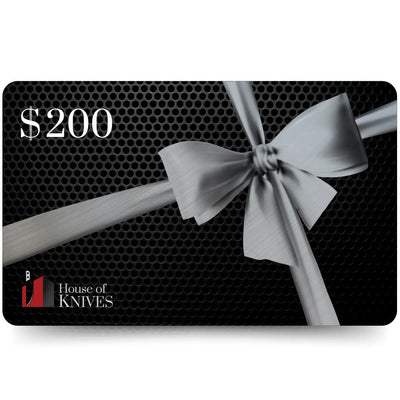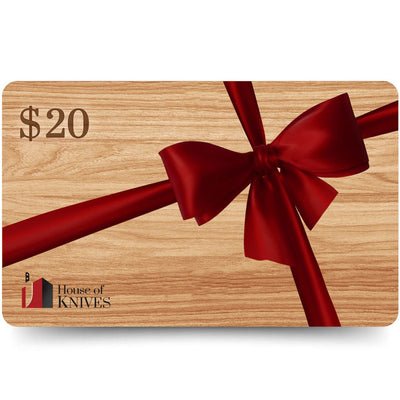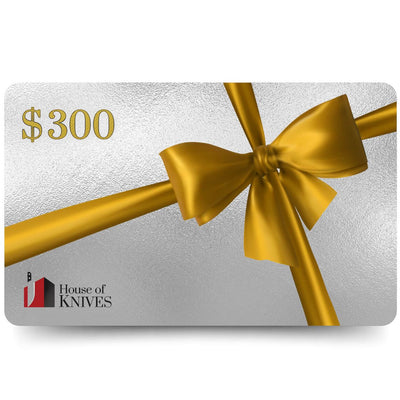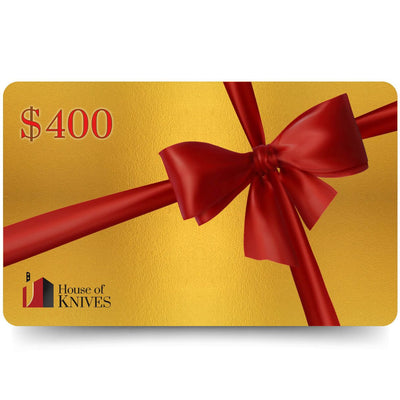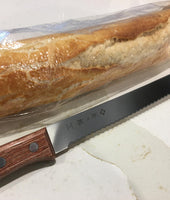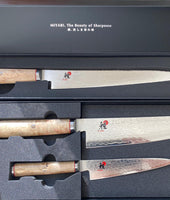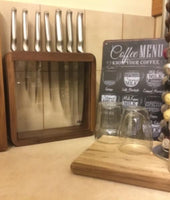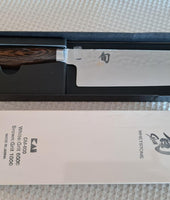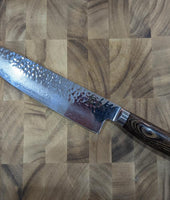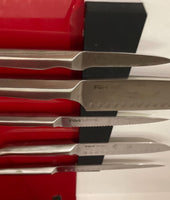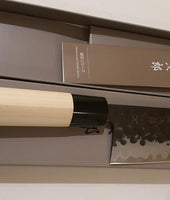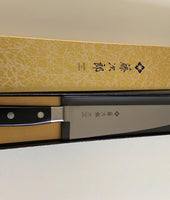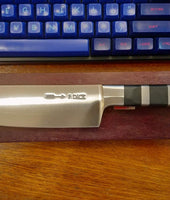When it comes to kitchen knives, you need to know which one to use and when to use it. Take the vegetable knife vs chef knife. Are they the same? Can they be used on the same things? Do they look the same?
Here's all you need to know about both types of knife and how to use them.
The Vegetable Knife
You can tell from its name that the vegetable knife is mainly used on vegetables. It is specifically designed to cut, dice, slice, and chop vegetables.
One of the main differences between vegetable knives and chef knives is how they're used. Vegetable knives should primarily be used on veggies, herbs, and some fruits.
You can't use a vegetable knife to cut meat. Well, you can, but you'll spoil the knife. Chef knives, on the other hand, are multipurpose and can be used on veggies, herbs, fruits, and meat. Here are some common features of vegetable knives:
The Blade
Vegetable knives have a typical broad blade with a square tip. Think meat cleaver, but lighter and thinner. The edge of the vegetable knife blade is straight, unlike that of the chef knife. The straight blade allows it to cut all through the veggie to the cutting board without needing to use a horizontal push or pull motion. That way you control the knife better as you are using it in only one direction.
The vegetable knife is also a much thinner blade than the chef knife. Thin knives allow for cleaner cuts. A thick blade would be mean bad news for the vegetables being cut, as they would split instead of simply getting sliced.
The Bevel
Knives can either be double or single beveled. Chef knives tend to be double beveled. Japanese-style vegetable knives feature both types of blades.
Double Beveled
The Nakiri bocho is a double beveled Japanese-style vegetable knife. A double-beveled knife is one that has an angle on both sides of the cutting edge and as a consequence is sharpened on both sides. Double beveled blades are easier to use to cut in a straight motion.
The Miyabi 5000FCD Nakiri Vegetable Knife 17cm is an example of a double beveled Nakiri knife. Like all vegetable knives, it is square-tipped and has a straight edge. The blade has a Rockwell hardness of 61 and is formed by 69 steel layers.
The blade is also specially treated to produce a beautiful floral damask pattern. The bolster and the handle of the knife fit perfectly, with no gap to trap food and dirt which can attract germs. The handle is D-shaped and full-tang to give balance, comfort, and strength when cutting.
Single Beveled
Japanese-style vegetable knives that are single-beveled are known as Usuba bocho knives. This type of knife has an angle on only one side. It is sharpened on that side only, a technique known as Kataba in Japanese.
High-quality Usuba bocho knives also have a slight depression on their flat side. The Usuba bocho knife is more difficult to use than the Nakiri on account of its single-beveled edge. It is harder to cut straight with an Usuba knife, so it's mostly used by skilled professionals.
The F Dick Premier Plus Usuba Vegetable Knife is a typical Usuba knife. This knife has a single-beveled edge that is sharpened on the angled side only. The blade is made with a high-quality alloy of stainless chrome-molybdenum-vanadium steel which is ice-hardened to enable it to retain its edge for a long time. The knife is full-tang, with a handle made of good-quality water-resistant plastic.
The Chef knife
Unlike the vegetable knife which is primarily made to cut vegetables, the chef knife is like a jack of all trades. It doesn't have a specific purpose. It can be used to slice, dice, and chop up vegetables, fruit, herbs, meat, and fish.
It's the go-to knife if you're not sure what knife to use. Chef knives generally measure between 8 to 12 inches, which is longer than vegetable knives. A chef knife would actually be easier to use on a melon than a vegetable knife because it's longer and will be more effective. Here are some features of chef knives:
The Blade
Chef knives mostly feature a broad triangular blade, which is different from the square blade of the vegetable knife. Chef knives are actually more of a western thing.
The Japanese only started producing their version of chef knives due to demand in Japanese markets for western-style knives. Western-style chef knives can either be French or German.
- German-style chef knives have their edge deeply curving continuously along the entire cutting edge. This upwards curve allows you to rock the knife for fine mincing cuts.
- French-style chef knives have a more-or-less straight edge which only curves upwards at the tip.
- The Japanese version of chef knives are called Gyuto (beef) knives.
The Bevel
Unlike vegetable knives which can either be double or single beveled, chef knives are double beveled. They are also thicker than vegetable knives because they are made for all sorts of foods.
The Handle
Like vegetable knives, most chef knives are full-tang, which gives strength and provides greater balance. Chef knives also have a bolster between the blade and the handle which helps prevent the knife from slipping.
A typical example of a western-style chef knife is the Tojiro Hammered Chef Knife 21cm. Like any chef knife, it can slice, dice, and chop fruits, veggies, herbs, and meat.
The blade of this knife is handcrafted and made from steel with a VG10 core and an outer layer of 13 chrome stainless steel. The blade is hand-hammered, which gives a unique texture and prevents food from sticking to the blade. It is double-beveled.
The D-shaped handle is made of water-resistant and strong Japanese magnolia and is full-tang to fit comfortably in the hand.
Final Words
When we compare the vegetable knife with the chef knife, there are a few differences in shape, style, and use, but both are necessary for the kitchen if you're serious about knives.
Shop our range of premium vegetable knives and chef knives today!
Also Read: Best Way to Keep Kitchen Knives Sharp
Explore our other products: Due Cigni 1896 Chef Knife 15cm, Due Cigni 1896 Chef Knife 20cm, and Due Cigni 1896 Chef Knife 25cm.




















